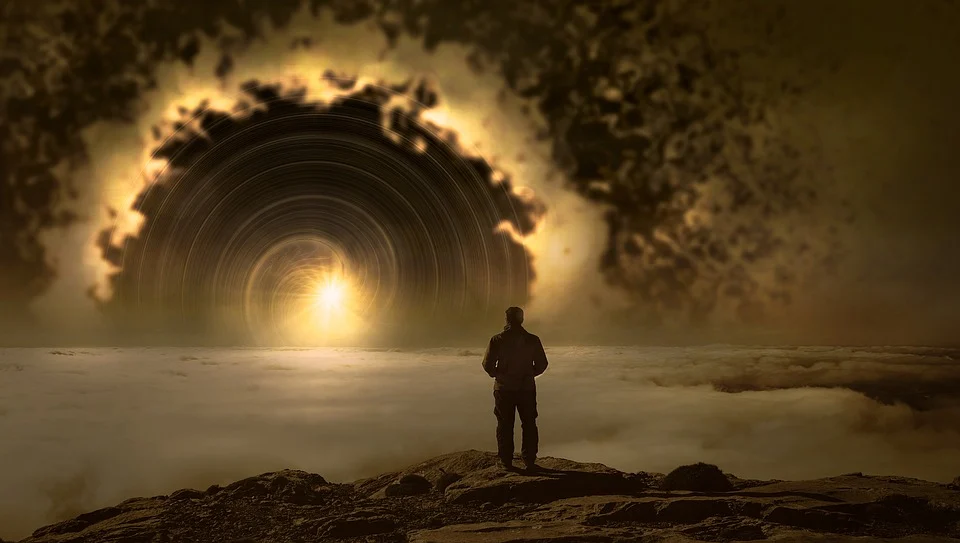History of Lucid Dreaming
Have you ever felt like you were vividly participating in a dream that you had? Or maybe you suddenly woke up very confused because you thought that you were awake this whole time? If you have, then you might have experienced the unique yet not uncommon phenomenon of lucid dreaming. The term refers to being fully aware of your dream and distinguishing that you are currently sleeping. It usually only happens during rapid-eye-movement (REM), a very deep period of sleep marked by faster breathing, eye motion and more brain activity.
However, the term lucid dreaming was only scientifically recognized and termed in 1978. Yet, the history of lucid dreaming dates back to thousands of years ago in history, particularly even before the time of civilizations. There are no records of lucid dreaming in prehistory. Still, it is likely that people have been talking about and experiencing lucid dreaming since basic human biology has not drastically changed over the last 200,000 years.
Do you want to find out how long lucid dreaming has been the talk of scientific journals and even non-scientific studies? Then here's an easy timeline of the most significant events related to lucid dreaming that you can follow to know about the history of this immersive experience.
Hinduism and Buddhism (1000 BCE)
The Upanishads, which refers to the Hindu oral traditions of spiritual lessons, philosophy, and proverbs, are known to be the first type of practice that mentions lucid dreaming. The Vigyan Bhairav Tantra is a Hindu tract that lays down methods of directing consciousness in one's sleep, particularly within the area and vision states of sleep which was very useful for their meditation practices.
The Mandukya Upanishad, or the prajna, describes a lucid state wherein a person can simultaneously identify both the dream world they created and their sleep body. This then inspired the Yoga Nidra, which is primarily related to the practices of lucid dreaming.
Ancient Egypt (3000 BCE)
Due to hieroglyphs, it has been suggested that the study or chronicling of the phenomenon of lucid dreaming dates back to early Egypt. It was seen that in hieroglyphs, two symbols, representing the bed which means 'to stand for sleep,' and one open eye, meaning to 'come awake' or to 'have an awakening,' is something that is quite reminiscent of what the modern definition of lucid dreaming is.
Ancient Egyptians believed that humans exist in three forms: the corpse, the physical body, and the spiritual manifestation. The last one, Ba, is often referred to as the soul or 'an out of body state.' Also, multiple pictures of people sleeping than their bodies hovering above them are depicted in early Egyptian art, which alludes to lucid dreaming.
Classic Greece and Islam
Dreams were at a privileged position in Greek philosophy; Socrates, Plato, Aristotle, and all of them addressed their inquiries into the nature of reality into the dreams that they have at night. However, the term lucid dreaming was only clearly defined by Aristotle in his treatise, On Dreams, wherein he writes, "when one is asleep, there is something in consciousness which tells us that what presents itself is but a dream. when one is asleep, there is something in consciousness which tells us that what presents itself is but a dream." In later years (415 AD), the first instance of lucid dreaming was recorded in a patient that St. Augustine had.
On the other hand, in Islam, lucid dreaming is fundamental in the history of the religion. Laylat-al-Miraj refers to an account wherein Mohammed has a nighttime vision that helped him with spiritual initiation. Additionally, the 12th century Spanish Sufi suggested that controlling dreams is essential.
Enlightenment
Partnered with the European culture of reason, the study on dreaming came to life again after the Middle Ages. Most notably, Pierre Gassendi and Thomas Reid are two esteemed Enlightenment-era philosophers who tackled the experience of having 'waking-life levels' of scrutiny and cognition within their dreams. Interestingly, Rene Descartes, who is known for his studies on subjective reality, wrote passionately about lucid dreaming in his private journal, Olympica, which is the baseline for this saying 'cogito ergo sum.'
1867
The term lucid dreaming was finally defined by Marquis d'Hervey de Saint-Denys in 1867 in his book, Les Rêves et les Moyens de les Diriger; Observations Pratiques - which directly translates as Dreams and the Ways to Direct Them: Practical Observations. In his book, he mentions "rêve lucide" as a time wherein he could tell that he is in a unique type of dream that lent itself to conscious awareness.
1978
Stephen Laberge is best known for being the person who skyrocketed lucid dreaming into scientific journals. He was the first to perform the experiment and publish a date regarding the first 'scientifically verified signal from a dreamer's mind to the outside world. LaBerge still practices psychophysiology up to this time and continues to contribute to lucid dream studies as the founder of The Lucidity Institute and author of Exploring the World of Lucid Dreaming.

